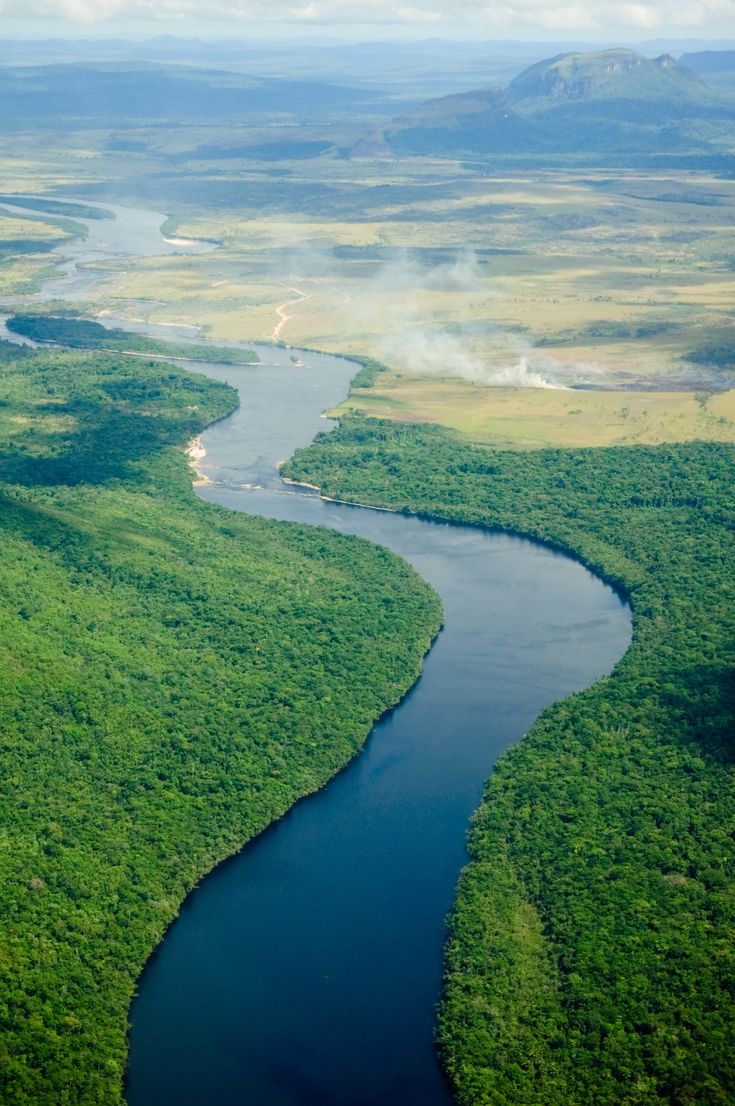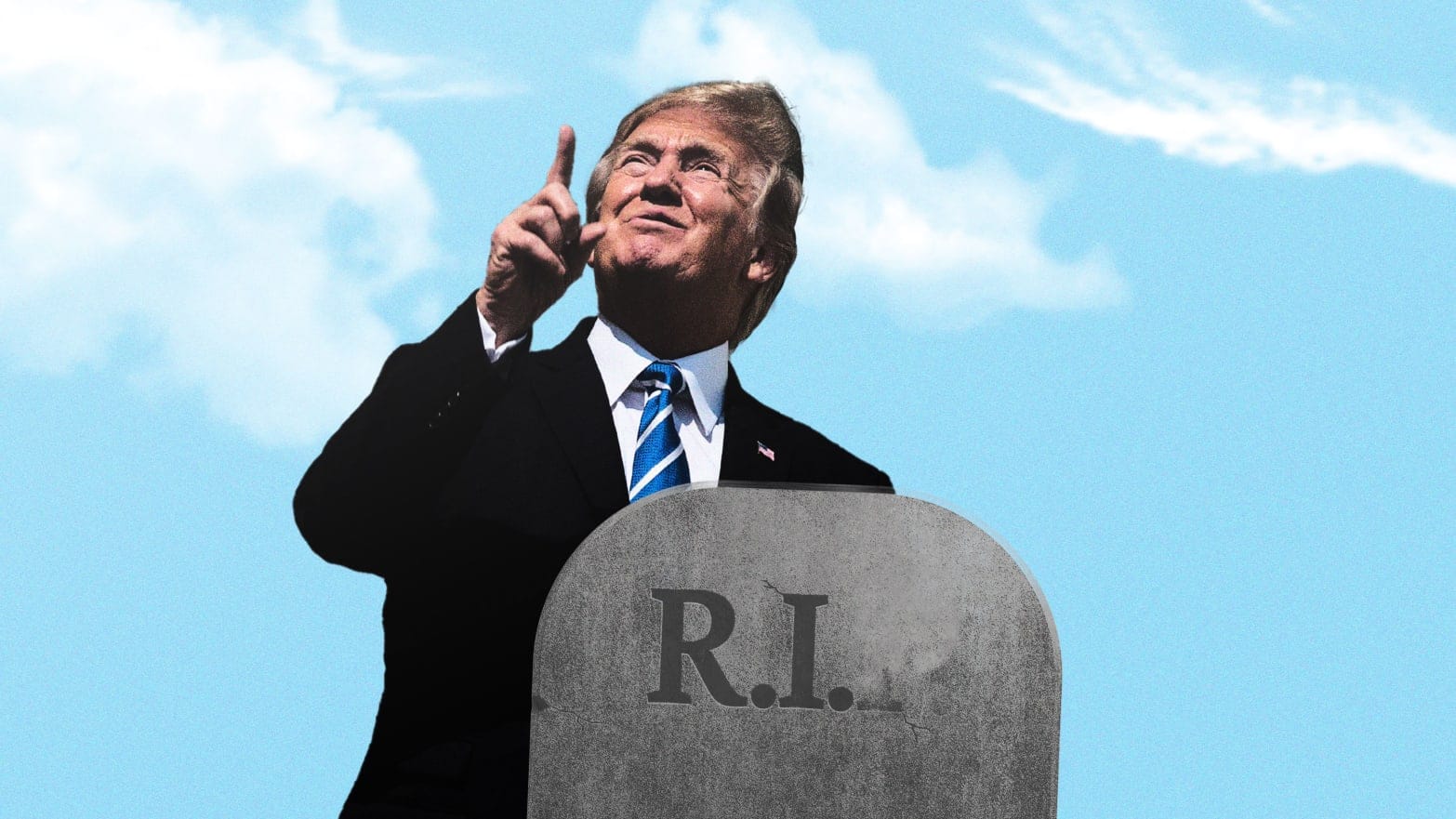“The Amazon Rainforest: A Comprehensive Overview” Historical Evolution
As we delve deeper into the multifaceted narrative of the Amazon Rainforest, it becomes evident that emerging challenges and grassroots initiatives play pivotal roles in shaping the future of this vital ecosystem.
1. Grassroots Efforts for Indigenous Rights and Land Protection: Indigenous communities in the Amazon have been at the forefront of defending their rights and territories against encroachment. The documentary “The Territory,” which won an Emmy award in 2022, sheds light on the struggles of the Uru-eu-wau-wau Indigenous people in the Brazilian Amazon. Facing invasions, conflicts, and threats from land grabbers, these communities have employed grassroots surveillance efforts to protect their land.
Despite increasing visibility of the problems and a more effective federal crackdown against invaders, Indigenous territories still face challenges. The situation has slowly improved in some areas, but invasions and deforestation persist. Direct funding for Indigenous communities becomes crucial in empowering them to combat illegal land occupation and maintain their traditional lands.
2. Direct Funding for Indigenous Peoples as a Conservation Strategy: The World Economic Forum’s 2024 Annual Meeting in Davos saw Indigenous leaders advocating for direct, flexible, and less bureaucratic grant-making to support rainforest conservation and climate efforts. Indigenous communities, with their profound knowledge and sustainable practices, can provide scalable, community-based solutions.
While these communities have the potential to transform global rainforest conservation, they often lack direct funding. Governments and donors are urged to increase their support for Indigenous peoples, recognizing their role in preserving the planet’s future. This approach emphasizes the importance of empowering local communities with the means to make a real difference in environmental conservation.
3. Impact of Small Streams on Grand Rivers: The intricate network of small streams in the Amazon, particularly in the basin of the Tapajós River, has a major impact on the larger river systems. An unprecedented time-series study assessed the degradation of these small rivers threatened by agribusiness expansion. Researchers examined the conservation status of 100 streams, noting the impact of dirt roads and river crossings on sediment load, siltation, erosion, and water quality.

Local development models are questioned, with experts suggesting a shift that starts from water to land, given the importance of water for the rainforest, its biodiversity, and the inhabitants who depend on both. Understanding the ecological interconnectedness of small streams and grand rivers becomes essential for sustainable development in the Amazon.
4. Unlearned Lessons from the 2023 Manaus Smoke Crisis: In 2023, the city of Manaus in central Amazonia experienced a severe smoke crisis from burning rainforests, reaching levels of toxic PM 2.5 particulates higher than those in New Delhi. The fires responsible for the smoke were south of Manaus, impacting an area of Amazonas affected by the notorious BR-319 highway.
The episode highlighted the environmental consequences of proposed infrastructure projects like the BR-319 highway. The smoke crisis serves as a warning against the serious impacts of deforestation and the importance of considering environmental consequences before advancing development projects. This unlearned lesson emphasizes the need for a balanced approach to development that prioritizes environmental sustainability.
5. 2024 Outlook for Rainforests: Looking ahead to 2024, key issues in the world’s tropical rainforests include developments in Brazil, elections in the Democratic Republic of the Congo and Indonesia, forest carbon markets, the El Niño phenomenon, global inflation and commodity prices, advancements in forest data, and progress on high-level commitments.
The outlook for rainforests in the coming year will be shaped by global and regional dynamics, policy decisions, and efforts to address climate change and biodiversity loss. As we navigate the challenges and opportunities on the horizon, staying informed about these key issues is crucial for understanding the future trajectory of tropical rainforests, including the Amazon.
Share this content:




Post Comment